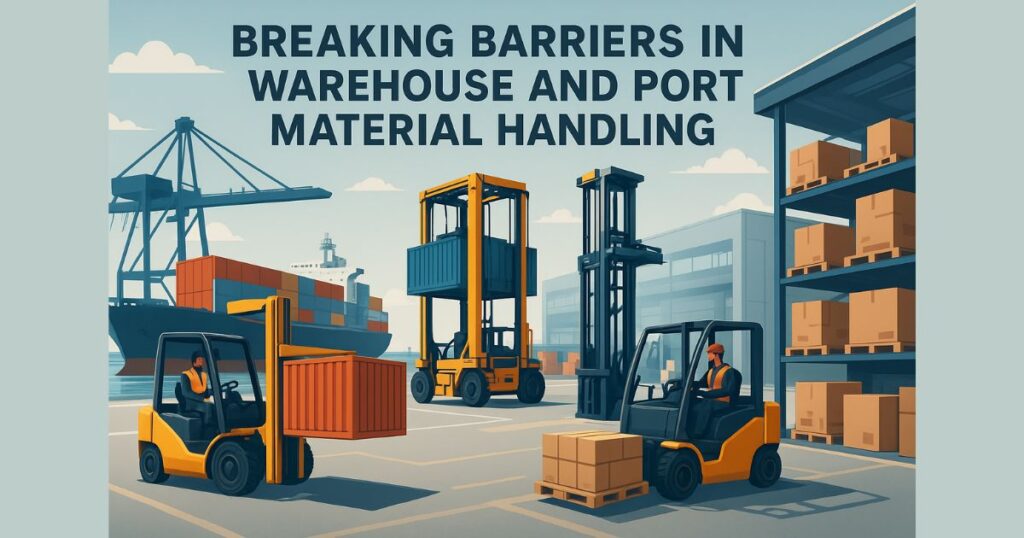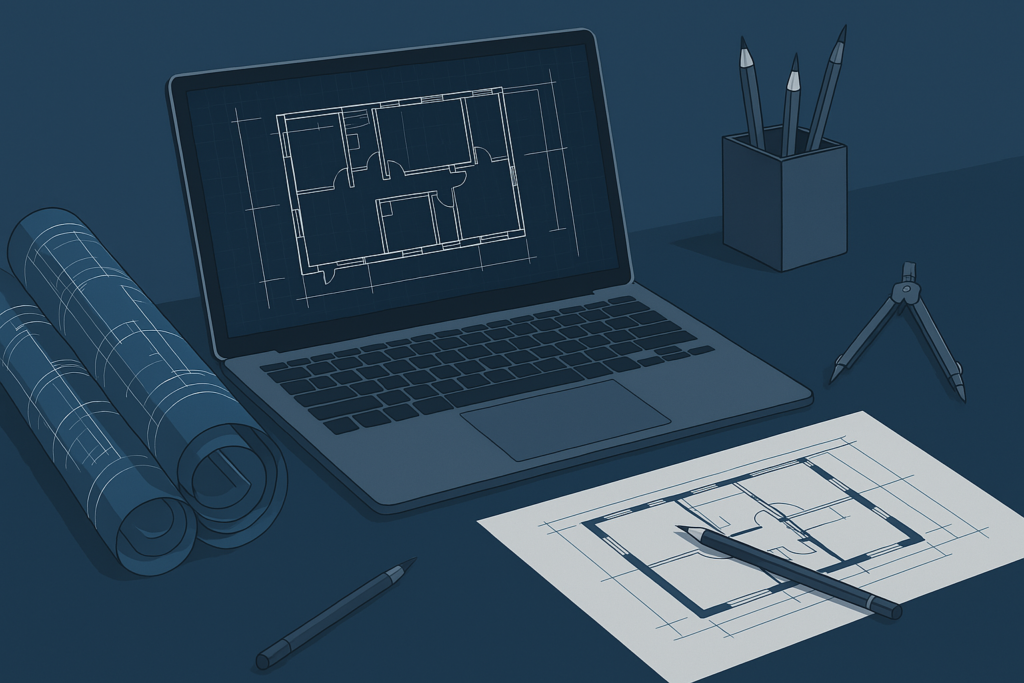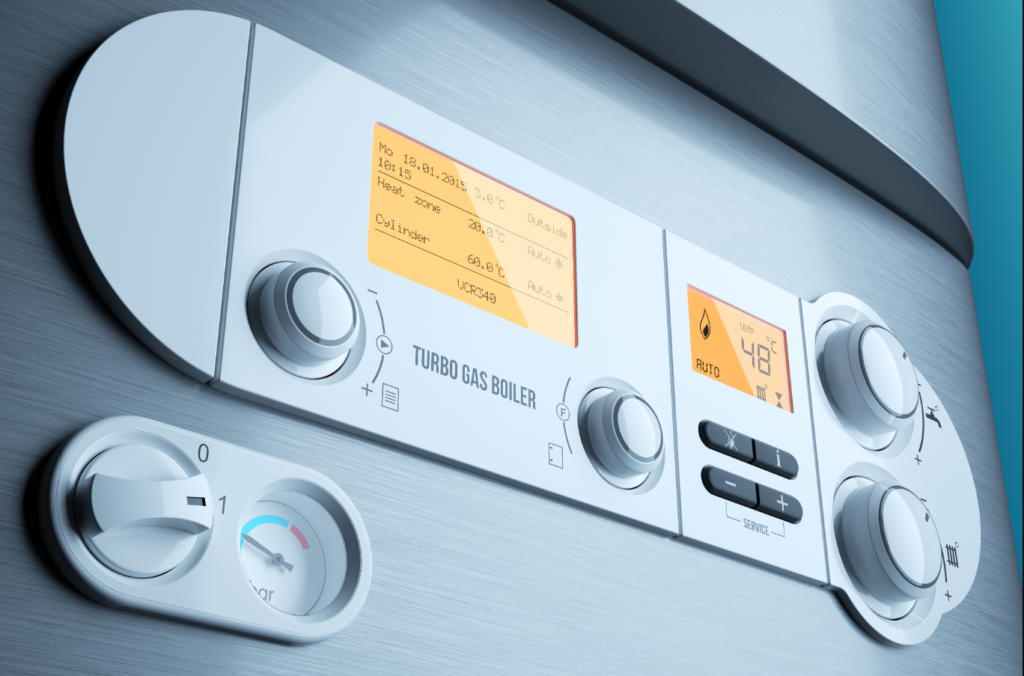Material handling has always been the backbone of industrial progress, especially in warehouses and ports where efficiency, precision, and adaptability determine overall productivity. As global trade expands and supply chain demands grow more complex, traditional equipment alone is no longer enough to meet operational expectations. Modern technologies and specialized vehicles have started breaking barriers, redefining how heavy and bulky loads are moved with greater agility. Tools such as the Side Loader Forklift, advanced directional vehicles, and high-capacity carriers are transforming the way businesses handle cargo, ensuring faster turnaround and safer handling in diverse environments.
The Growing Demands of Modern Logistics
The logistics sector has shifted dramatically over the past few decades. The surge in global e-commerce, containerized shipping, and just-in-time delivery systems have put pressure on warehouses and ports to handle goods more efficiently. Speed is not the only demand—accuracy, damage prevention, and safety also play critical roles in maintaining smooth operations.
In ports, cargo must be loaded and unloaded within tight schedules to keep shipping lines running. In warehouses, the movement of inventory requires equipment that can handle narrow aisles, heavy weights, and delicate materials without disruption. Meeting these requirements demands not only skilled operators but also specialized machines designed for precision and adaptability.
Overcoming Space Constraints in Warehouses
One of the biggest challenges in warehouses is limited floor space. With businesses aiming to store more inventory within the same footprint, storage systems have become denser. This introduces difficulty for conventional forklifts, which often require wider aisles to maneuver effectively.
Innovations in equipment are now addressing these limitations. Machines designed for lateral movement and agile handling allow warehouses to maximize storage without compromising accessibility. The use of specialized forklifts and automated retrieval systems ensures that goods can be accessed quickly, reducing downtime and increasing throughput.
This trend toward maximizing efficiency within confined spaces is one of the key ways in which material handling is breaking old barriers.
Enhancing Port Operations with Straddle Carriers
At ports, the scale of cargo is significantly larger than in warehouses, often involving shipping containers and oversized loads. Traditional forklifts or cranes alone cannot meet the demands of high-volume container movement. This is where Straddle Carriers play a crucial role.
Straddle Carriers are designed to lift and transport containers directly from the ground without requiring external equipment like trucks or chassis. Their ability to straddle containers and move them efficiently across the terminal reduces congestion and allows smoother stacking and retrieval. They are particularly valuable in ports that experience high container traffic, as they ensure continuous flow even during peak operations.
Beyond speed, these machines provide safety advantages by reducing reliance on manual coordination and minimizing risks of collisions or improper stacking. By integrating with digital terminal management systems, Straddle Carriers also contribute to better container tracking and streamlined port logistics.
The Flexibility of Multi-Directional Forklift Systems
For industries handling long, bulky, or awkwardly shaped materials such as steel beams, timber, or piping, traditional forklifts often face limitations. Maneuvering such loads in narrow aisles or around obstacles becomes a complex task. Here, the Multi-Directional Forklift offers a solution.
Unlike conventional forklifts, this equipment can move not only forward and backward but also sideways. This multidirectional capability enables operators to transport long materials with precision even in tight spaces. By reducing the need for wide turning areas, these forklifts maximize storage density and minimize material damage.
Their flexibility makes them indispensable in industries where materials come in varied shapes and sizes, and where speed of handling directly impacts production timelines. In essence, they empower businesses to handle previously challenging loads without expensive infrastructure changes.
Safety as a Core Driver of Innovation
While speed and efficiency remain priorities, safety is equally critical in warehouses and ports. Heavy machinery operating in confined or high-traffic areas poses significant risks to workers and goods. Modern material handling innovations focus heavily on reducing these risks through design and technology.
Advanced braking systems, ergonomic controls, load stability mechanisms, and automated alerts help operators maintain safe handling practices. Furthermore, integration with digital systems allows equipment to provide real-time data on load weight, positioning, and maintenance needs. This proactive approach not only improves safety but also extends the lifespan of the machinery.
As regulations around workplace safety continue to evolve, adopting advanced material handling tools ensures compliance while creating a safer working environment for staff.
Technology and Automation in Material Handling
The integration of automation and digital intelligence has further expanded the potential of material handling equipment. Automated guided vehicles (AGVs), robotic arms, and warehouse management systems are now working alongside traditional equipment to streamline processes.
In ports, automation enables synchronized movement of cranes, carriers, and trucks, minimizing idle time and human error. In warehouses, automated forklifts and storage systems reduce labor dependence while ensuring consistent operations round the clock.
The shift toward data-driven operations means equipment is no longer just a physical tool but part of a larger connected ecosystem. Predictive maintenance, fuel efficiency monitoring, and digital twin simulations are helping businesses extract maximum value from their investments.
Breaking Old Limitations: The Road Ahead
The evolution of material handling is about breaking long-standing limitations. Where once operators had to choose between speed or safety, today’s equipment ensures both. Where space constraints once restricted storage capacity, modern machines provide agility and precision to maximize efficiency.
Future trends are likely to emphasize even more automation, eco-friendly equipment, and AI-driven logistics management. Electrification of heavy machinery is already gaining momentum, reducing emissions in warehouses and ports. Combined with intelligent routing and scheduling, these innovations will help meet the sustainability goals that are becoming central to global logistics strategies.
Conclusion
The world of material handling is experiencing a transformation that extends far beyond lifting and moving goods. With equipment like the Side Loader Forklift, adaptable solutions such as the Multi-Directional Forklift, and large-scale tools like Straddle Carriers, warehouses and ports are overcoming traditional barriers. These machines, integrated with technology and automation, provide the efficiency, safety, and adaptability required in a fast-paced global economy.
By embracing these advancements, industries are not only enhancing their operational capabilities but also setting new benchmarks for the future of logistics. The ability to adapt quickly, handle diverse materials, and ensure safety at scale is what truly defines the new era of material handling.



